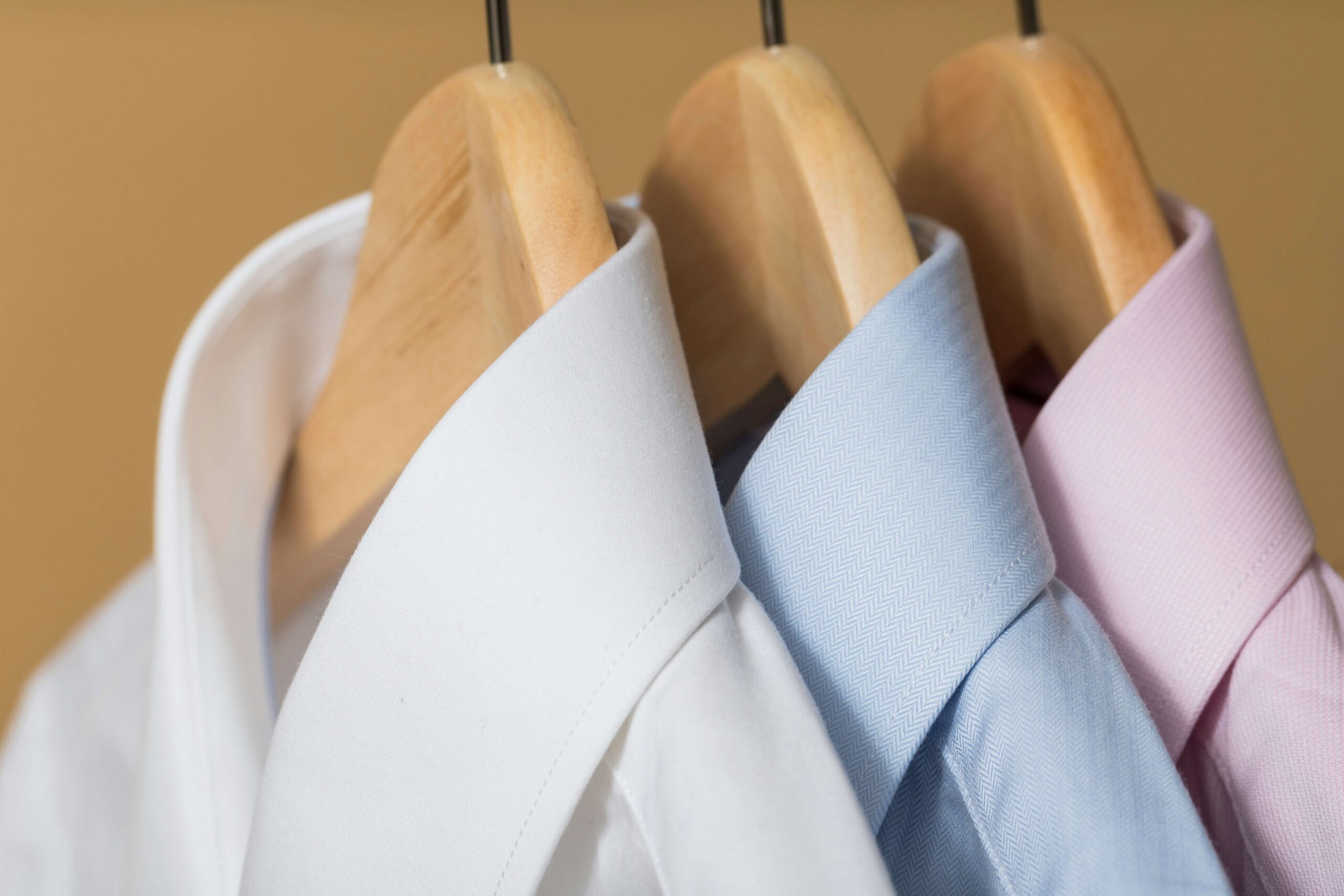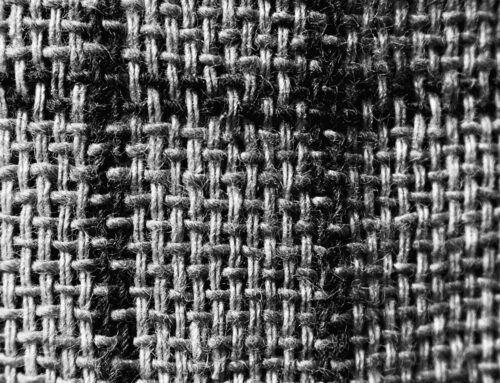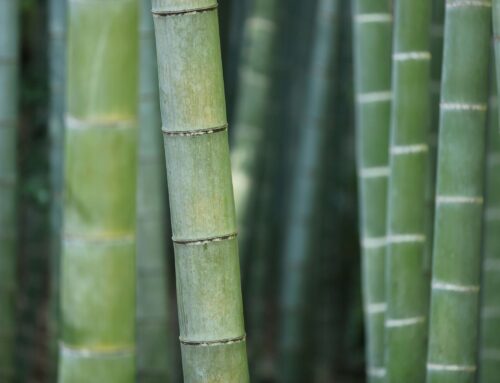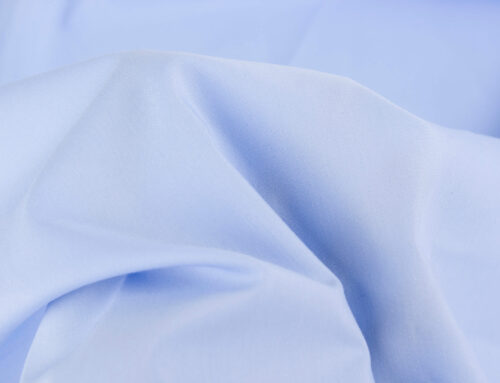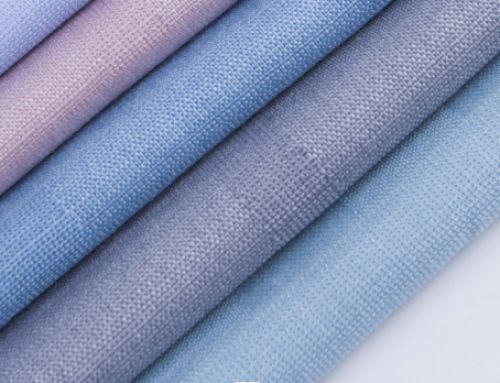Understanding Fabric Weaves: Plain, Twill, Satin, Dobby & Jacquard for Shirt Makers
When sourcing or developing shirt fabrics, the weave is just as important as the fiber content. The way threads are woven directly impacts the fabric’s texture, appearance, strength, and drape. In this article, we break down the most common types of fabric weaves used in shirting: plain weave, twill (including broken twill), satin, dobby, and jacquard—to help you make smarter decisions in production or trade.
1. Plain Weave
Structure: The simplest and most common weave. One weft yarn goes over and under one warp yarn alternately.
Features:
– Smooth surface
– Good strength
– Lower cost
– Resists pilling
Common Uses: Poplin shirts, voile, muslin
2. Twill Weave (Regular Twill)
Structure: Diagonal lines created by passing the weft yarn over two or more warp yarns, then under one.
Features:
– Soft drape
– Durable and wrinkle-resistant
– Slight sheen
Common Uses: Business shirts, heavier casual shirts
3. Broken Twill
Structure: Variation of twill with reversed diagonal direction, creating zig-zag or herringbone effects.
Features:
– Sophisticated visual texture
– Flexible drape
– Slightly softer than regular twill
Common Uses: Fashionable casual and semi-formal shirts
4. Satin Weave
Structure: Long floats of weft or warp yarns skip over multiple yarns before interlacing.
Features:
– High sheen
– Luxurious feel
– Snags easily
Common Uses: Formal shirts, eveningwear
5. Dobby Weave
Structure: Woven using a dobby loom to create small geometric patterns or textures.
Features:
– Pattern is woven, not printed
– Slight texture
– Versatile in design
Common Uses: Subtly patterned office or casual shirts
6. Jacquard Weave
Structure: Complex weave created using a jacquard loom, controlling each warp thread individually.
Features:
– Intricate woven designs
– Rich texture and appearance
– Higher cost and complexity
Common Uses: High-end fashion and dress shirts
Conclusion
Understanding the differences between these fabric weaves helps you select the right material for different shirt styles—from classic businesswear to innovative fashion pieces. Whether you’re trading, manufacturing, or designing shirts, having a solid grasp of weave types gives you a competitive edge in quality and style.

